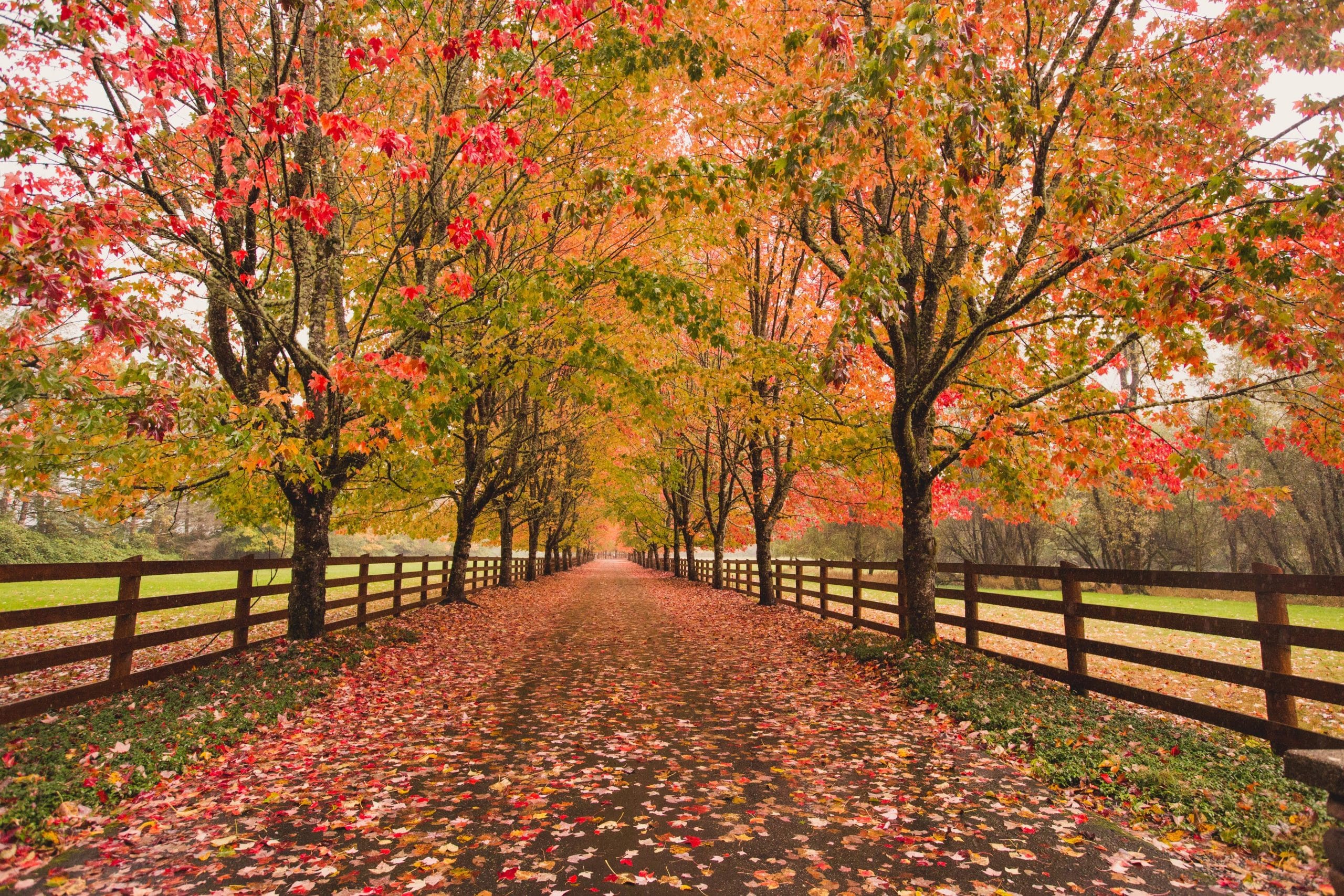Your Fall Guide to Wooden Fence Maintenance

Wooden fences are some of the most attractive and popular choices for home security, and if you’re one of the many thousands of homeowners who have chosen a wooden fence for their property, you may be wondering: what is the best way to preserve and maintain your fence? Particularly during the winter months, having a structurally sound wooden fence is imperative. Whether you have a tall, secure wooden fence or a traditional white picket fence, maintaining the health and well-being of your railing is important and should be taken just as seriously as any other home maintenance. The most important time of year to perform wooden fence maintenance is just before the cold weather fully sets in, making fall the perfect opportunity. The following are the steps that should be taken regularly in order to maintain your wooden fence.
Removing Potential Hazards
The first step in maintaining your wooden fence is removing the potential for damage. Even if your yard is open, plain, and well-maintained, there may still be threats to your wooden fence lurking nearby. It’s important to regularly inspect your yard for potential hazards, including weeds, overgrown plants, or loose branches hanging from nearby trees. Each of these things can pose a risk to your fence, as overgrowth can compromise the fence’s integrity, while falling tree limbs can create cracks and breakage or even knock down a section of your fence altogether. It is less costly to deal with these hazards now than it would be to repair or replace your fence later. Inspections on your yard can be conducted as frequently as you wish, but shouldn’t be done less than once a year. If you choose to conduct your inspections annually, the best time to do so is right before the cold season starts!
Regular Cleaning
Because wooden fences are so porous, a buildup of dirt, moss, and mold can occur over time. This is why it’s important to regularly clean and maintain your fence, so as to avoid these relatively easy fixes turning into serious, expensive problems. If the mold and mildew is allowed to grow and take root, it can rot the wood from the inside out. It’s important to perform these deep cleanings a minimum of every two to three years, or even annually if possible.
Start by using a metal scraper to scrape off any exterior dirt and moss. Next, mix together a solution that is two parts bleach and eight parts mild detergent, and spray liberally on any place you suspect there to be mold–this will destroy it, and prevent it from simply coming back immediately after. Use a pressure washer to rinse the dirt and cleaning solution from your fence, and, finally, coat and repaint your fence. You can help to prevent the growth of mold in the first place by regularly removing any leaves, dirt, or rocks that may build up around the base of the fence.
Staining, Sealing, & Painting
It’s incredibly important to coat your fence in a fresh layer of sealant before the cold winter weather sets in. After cleaning your fence, wait at least one week before beginning this process. Unless your fence has faced a great deal of wear and tear, you will only need to re-paint your fence once every handful of years. However, sealing your fence with a water-repellent stain before the cold and wet weather hits is imperative for preserving your wooden fence, especially if you live in a damp area. Using an oil-based paint will help to prevent rot and extend the lifespan of your fence, reducing the amount of expensive repairs you will need to make.
Storms & Troubleshooting
Throughout the course of the year, it’s important to inspect your fence regularly after any storms or other major weather events, and make the necessary repairs as soon as possible. Otherwise, just like a wound, problems may potentially become much worse if left untreated. Ice, heavy rainfall, and strong winds can all serve to damage the structural integrity of your wooden fence. Additionally, performing minor repairs as they occur can be much more manageable for homeowners than repairing the entire structure all at once annually. As long as the problems are corrected before winter fully sets in, you won’t have much to worry about in the way of maintaining your fence throughout the cold season.
Conclusion
In conclusion, it is extremely important to perform regular maintenance on your wooden fence. Failing to do so may lead to rot, as well as deep structural damage that may be fairly expensive to fix in the end. Worst case scenario, the entire fence–or at least major sections of it–will need to be replaced, as lack of maintenance can expose your fence to rot, decay, termites, cracks, and warping. Not only are these situations unsightly, they can even be downright dangerous. Regularly cleaning and removing nearby hazards, as well as painting, staining, and re-sealing your fence every few years can help to prevent these issues. Just like anything, care and attention can go a long way to preserving your beautiful wooden fence for years to come.

Recent Comments